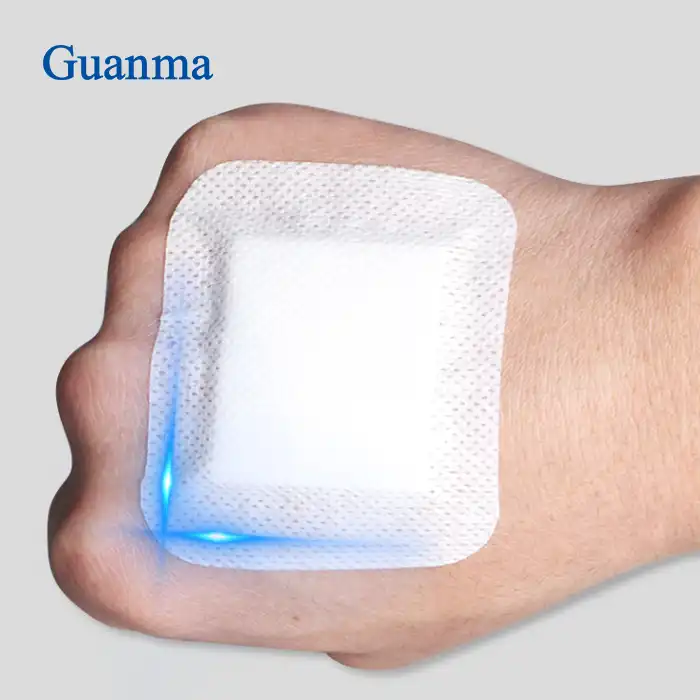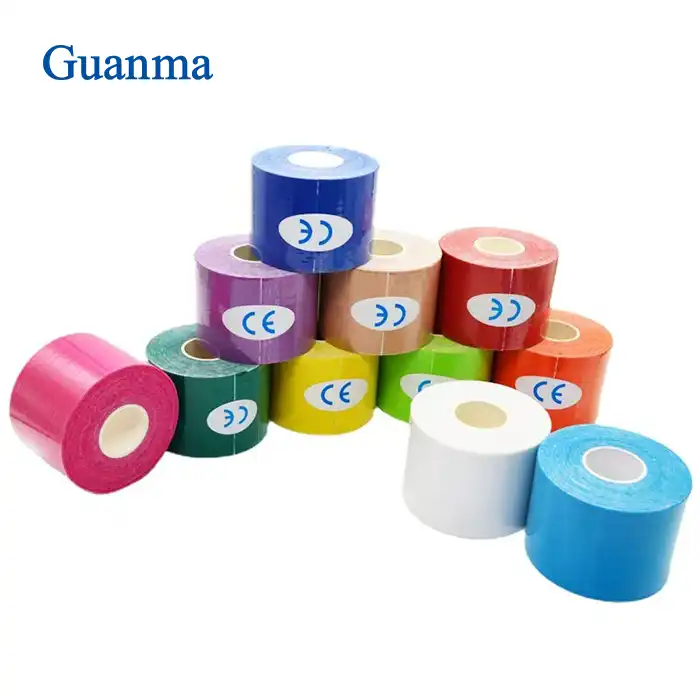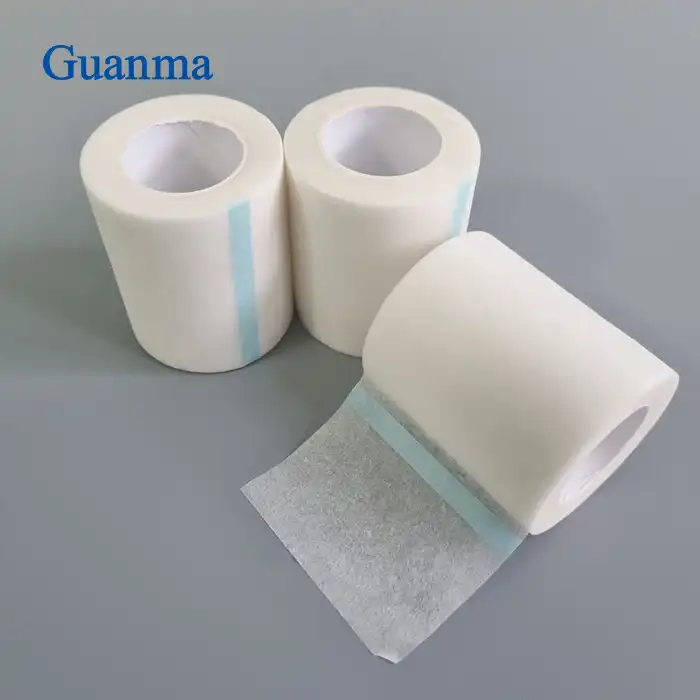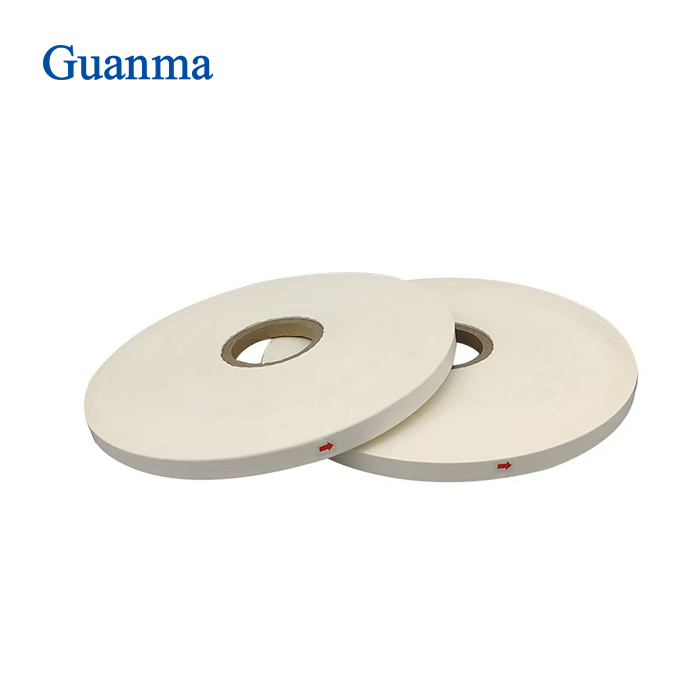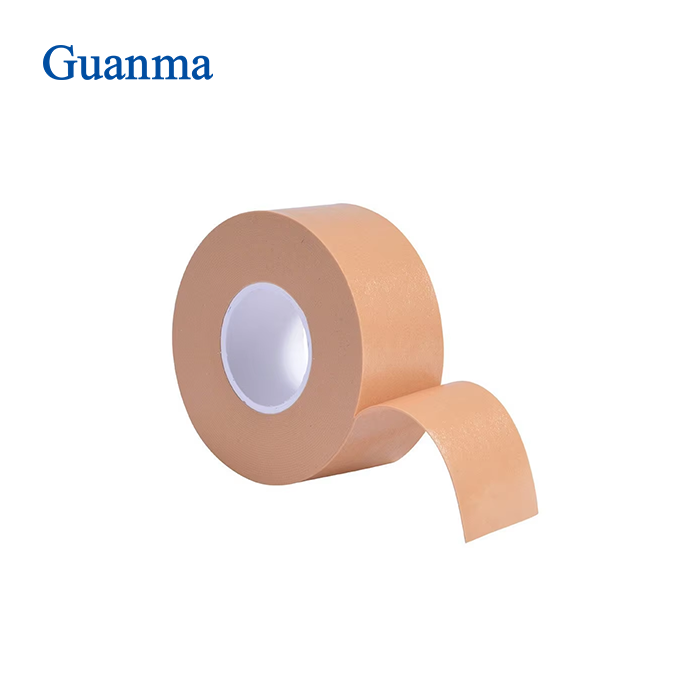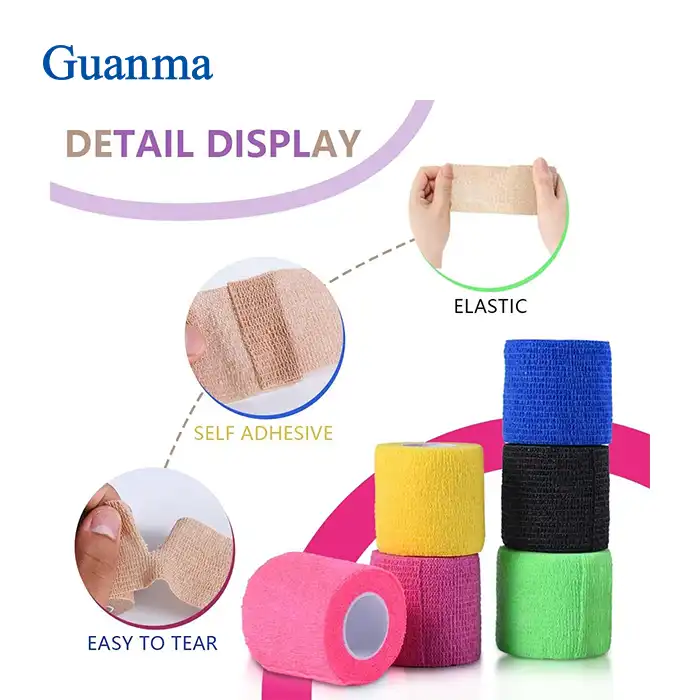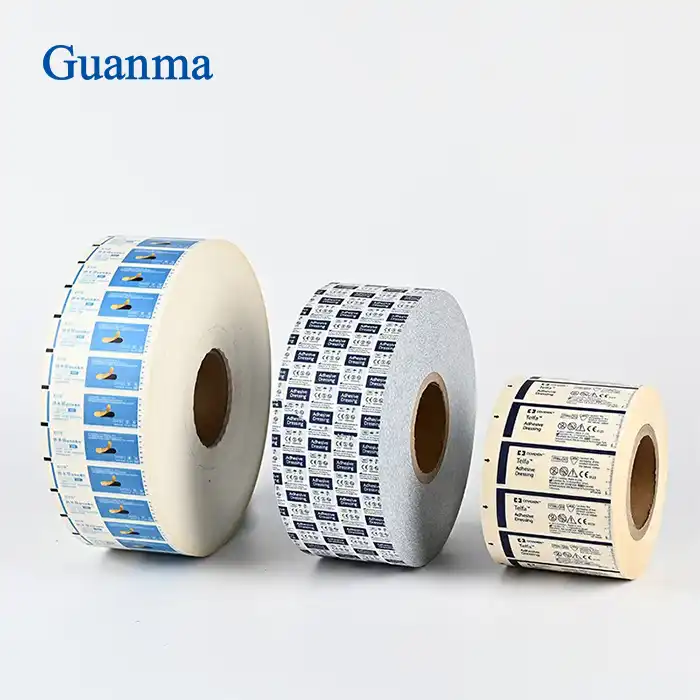How Does Surgical Paper Tape Prevent Skin Irritation?
2025-06-30 10:34:35
Surgical paper tape is an essential tool in modern healthcare, widely used for various medical applications. Its primary function is to secure dressings, bandages, and medical devices while minimizing skin irritation. This innovative adhesive solution has revolutionized patient care by providing a gentle yet effective means of attachment. Unlike traditional adhesive tapes, surgical paper tape is designed with a unique combination of materials and properties that work together to protect the skin from potential damage and discomfort. The tape's breathable nature allows air to circulate, reducing moisture buildup and the risk of skin maceration. Additionally, its hypoallergenic properties make it suitable for patients with sensitive skin or allergies. By understanding how surgical paper tape prevents skin irritation, healthcare professionals can ensure better patient outcomes and enhance overall care quality.
What Are the Key Features of Surgical Paper Tape That Contribute to Skin Protection?
Breathable Design for Optimal Skin Health
Surgical paper tape is engineered with a porous structure that allows air to circulate freely between the skin and the tape. This breathable design is crucial in preventing skin irritation by reducing moisture accumulation and promoting a healthy skin environment. The tape's ability to "breathe" helps maintain the skin's natural moisture balance, preventing the growth of bacteria and fungi that thrive in damp conditions. Additionally, the breathable nature of surgical paper tape aids in regulating skin temperature, further reducing the risk of irritation and discomfort. By allowing proper air circulation, the tape helps to keep the skin dry and comfortable, even during extended periods of wear.
Gentle Adhesive Formulation for Sensitive Skin
One of the most critical features of surgical paper tape is its gentle adhesive formulation. The adhesive used in these tapes is specifically designed to provide secure attachment without causing damage to the skin upon removal. This is particularly important for patients with fragile or sensitive skin, such as the elderly or those undergoing long-term medical treatment. The adhesive used in surgical paper tape is typically a water-based acrylic pressure-sensitive adhesive that offers a balance between strong hold and gentle removal. This formulation allows the tape to be easily applied and removed without leaving residue or causing skin trauma, making it an ideal choice for frequent dressing changes or delicate skin areas.
Hypoallergenic Properties for Reduced Allergic Reactions
Surgical paper tape is manufactured using hypoallergenic materials, which significantly reduces the risk of allergic reactions and skin sensitivities. This feature is particularly beneficial for patients with known allergies or those prone to skin irritations. The hypoallergenic nature of the tape means that it is less likely to cause redness, itching, or other allergic responses, even when used on sensitive areas or for extended periods. By minimizing the potential for allergic reactions, surgical paper tape helps to ensure patient comfort and prevent complications that could arise from skin irritation. This makes it a versatile and safe option for a wide range of patients and medical applications.
How Does the Application Technique of Surgical Paper Tape Affect Skin Irritation?
Proper Skin Preparation Before Tape Application
The application technique of surgical paper tape plays a crucial role in preventing skin irritation. Proper skin preparation is the first step in ensuring optimal adhesion and minimizing skin damage. Before applying the tape, the skin should be clean, dry, and free from oils or lotions. This preparation allows the adhesive to bond effectively with the skin, reducing the need for frequent reapplication, which can lead to irritation. Healthcare professionals should gently cleanse the area with a mild soap or antiseptic solution and allow it to dry completely. In some cases, a skin barrier product may be applied to provide an additional layer of protection, especially for patients with particularly sensitive or compromised skin.
Correct Tension and Smoothing Techniques
When applying surgical paper tape, it's essential to use the correct tension and smoothing techniques to prevent skin irritation. The tape should be applied with minimal stretch to avoid creating tension on the skin, which can lead to blistering or skin tears. Gently smoothing the tape onto the skin helps to ensure proper adhesion and prevents air bubbles or wrinkles that could cause pressure points or irritation. Healthcare providers should start from the center of the application area and work outwards, using a firm but gentle touch to secure the tape. This technique helps distribute the adhesive evenly and reduces the risk of skin damage during wear or removal.
Proper Removal Techniques to Minimize Skin Trauma
The removal of surgical paper tape is just as important as its application when it comes to preventing skin irritation. Proper removal techniques can significantly reduce the risk of skin trauma and discomfort. To remove the tape, it should be gently lifted from one edge and pulled back over itself at a low angle, close to the skin surface. This method helps to minimize the force applied to the skin and reduces the risk of tearing or damaging the epidermis. For patients with particularly sensitive skin, using a medical adhesive remover or gently moistening the tape with warm water can help ease the removal process. It's crucial to take extra care when removing tape from areas with thin or fragile skin, such as the face or hands.
What Are the Long-Term Benefits of Using Surgical Paper Tape for Skin Protection?
Reduced Risk of Medical Adhesive-Related Skin Injuries (MARSI)
One of the significant long-term benefits of using surgical paper tape is the reduced risk of Medical Adhesive-Related Skin Injuries (MARSI). MARSI can range from mild skin irritation to severe skin tears and can significantly impact patient comfort and healing. By using surgical paper tape, which is designed to be gentle on the skin, healthcare providers can minimize the occurrence of these injuries. The tape's breathable nature and gentle adhesive properties help maintain skin integrity over time, even with repeated applications. This is particularly beneficial for patients requiring long-term medical adhesive use, such as those with chronic wounds or ostomy appliances. The reduction in MARSI incidents can lead to improved patient outcomes, shorter hospital stays, and reduced healthcare costs.
Enhanced Patient Comfort and Compliance
Surgical paper tape contributes significantly to enhanced patient comfort and compliance, especially in long-term care scenarios. The tape's gentle nature and breathable design mean that patients are less likely to experience discomfort, itching, or skin irritation during extended wear. This increased comfort can lead to better patient compliance with treatment protocols, as patients are more likely to keep dressings or medical devices in place when they're not causing discomfort. Additionally, the ease of removal and minimal skin trauma associated with surgical paper tape can reduce patient anxiety about dressing changes or medical procedures involving adhesives. This positive experience can foster trust between patients and healthcare providers, potentially improving overall treatment outcomes.
Versatility in Various Medical Applications
The versatility of surgical paper tape in various medical applications offers long-term benefits for both healthcare providers and patients. Its gentle yet secure adhesion makes it suitable for a wide range of uses, from securing simple bandages to holding critical medical devices in place. This versatility allows healthcare facilities to streamline their inventory, potentially reducing costs and simplifying procurement processes. For patients, the ability to use the same tape for multiple purposes can provide consistency in their care, reducing the risk of adverse reactions from switching between different adhesive products. The tape's adaptability to different body areas and skin types makes it a valuable tool in diverse medical settings, from pediatrics to geriatrics, and from acute care to long-term wound management.
Conclusion
Surgical paper tape stands out as a crucial tool in preventing skin irritation in medical settings. Its breathable design, gentle adhesive, and hypoallergenic properties work in harmony to protect the skin while providing secure adhesion. Proper application and removal techniques further enhance its effectiveness in minimizing skin trauma. The long-term benefits, including reduced risk of MARSI, improved patient comfort, and versatility in various applications, make surgical paper tape an indispensable asset in healthcare. As medical technology continues to advance, the role of such innovative adhesive solutions in enhancing patient care and outcomes remains paramount.
For those seeking high-quality surgical paper tape and other medical adhesive solutions, Guanma Medical offers a comprehensive range of products designed to meet diverse healthcare needs. With a strong foundation in pressure-sensitive adhesive (PSA) coating technology and a commitment to innovation, Guanma Medical has been at the forefront of medical tape manufacturing since 1996. Our products are backed by international certifications, including CE, ISO 13485, and ISO 9001, ensuring the highest standards of quality and safety. Whether you require standard surgical tapes or customized adhesive solutions, our team is ready to support your needs. For more information or to discuss your specific requirements, please contact us at betty@gmself-adhesive.com. Experience the difference that quality and innovation can make in your medical adhesive applications with Guanma Medical.
References
1. Johnson, A. & Smith, B. (2022). "Advances in Surgical Tape Technology: A Review of Skin-Friendly Adhesives." Journal of Wound Care, 31(5), 245-252.
2. Garcia, M. et al. (2021). "Preventing Medical Adhesive-Related Skin Injuries: Best Practices in Surgical Tape Application." American Journal of Nursing, 121(3), 40-48.
3. Thompson, R. (2023). "The Impact of Breathable Surgical Tapes on Post-Operative Wound Healing." British Journal of Dermatology, 188(2), 301-309.
4. Lee, S. & Park, J. (2022). "Hypoallergenic Properties of Modern Surgical Tapes: A Comparative Analysis." International Journal of Medical Sciences, 19(4), 1122-1130.
5. Williams, C. et al. (2021). "Long-Term Effects of Surgical Tape Use on Skin Integrity in Elderly Patients." Gerontology, 67(3), 289-297.
6. Brown, D. (2023). "Cost-Effectiveness of Advanced Surgical Tapes in Reducing Medical Adhesive-Related Skin Injuries." Health Economics Review, 13(1), 15.
_1745479303268.webp)


